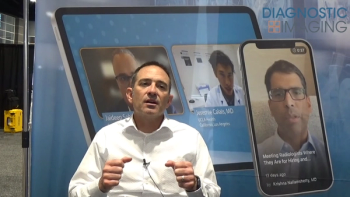
Paper plots thick and thin of PACS client applications
A thorough understanding of client-server relationships is crucial in choosing an appropriate PACS, since many different methods allow clients to view images from the server.
A thorough understanding of client-server relationships is crucial in choosing an appropriate PACS, since many different methods allow clients to view images from the server. A recent paper examines the five types of PACS client applications commonly in use and discusses their suitability for different users (J Digit Imaging 2006;19 Suppl 1:78-83).
"Understanding what questions to ask vendors, how to weigh trade-offs between functionality and supportability and the real world differences between types of clients, will help to more easily identify problem areas and plan for new PACS implementations," said Christopher Toland, a senior system administrator in the radiology department at the University of Maryland Medical Center.
Newsletter
Stay at the forefront of radiology with the Diagnostic Imaging newsletter, delivering the latest news, clinical insights, and imaging advancements for today’s radiologists.




























